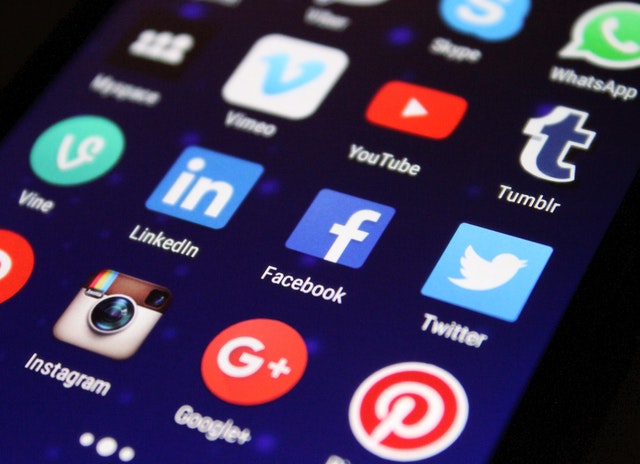The ability to deeply see other people is important to develop and sustain relationships. This is beneficial in your personal life in order to live a long and happy one, but it is also important in the workplace if you want to successfully collaborate and lead others.
A vast amount of research has determined that the secret to a long, healthy, and happy life has to do with the quality of our relationships. This has been found to be more important than diet, exercise, genetics, wealth, education, and other factors.
Perhaps most famously, the Grant Study—a longitudinal study begun in 1938 that followed 268 Harvard sophomores—found that close relationships and social connections are crucial for our well-being as we age. That’s because supportive relationships help us cope with stress and protects our overall health. This finding proved true across the board not only among men in the Harvard study, but also participants studied from the inner-city.
In the workplace we may diminish the importance of how we relate to each other. Some may think it should only be about the work and that if we simply focus on the task at hand, the messiness of people won’t complicate matters. The problem with this perspective is that we are all emotional human beings and cannot simply show up as logic-minded, “Spock-like” characters in the workplace.
David Brooks, author of How to Know a Person: The Art of Seeing Others Deeply and Being Deeply Seen, says this ability to really know another person is all too rare.
“There is one skill that lies at the heart of any healthy person, family, school, community organization, or society,” writes Brooks. “The ability to see someone else deeply and make them feel seen—to accurately know another person, to let them feel valued, heard, and understood.”
Brooks goes on to describe some people as Diminishers, who make others feel small and unseen; things to be used, not as persons to be befriended. Diminishers use stereotypes and ignore other people because they are so involved with themselves. Qualities of these Diminishers include egotism, anxiety, objectivism, and a static mindset.
On the other hand, Brooks highlights Illuminators as those with a persistent curiosity about others, knowing what to look for and how to ask the right questions at the right time. “They shine the brightness of their care on people and make them feel bigger, deeper, respected, lit up.” The qualities of Illuminators include tenderness, receptivity, active curiosity, affection, and generosity.
Do you recognize Diminishers or Illuminators in your workplace? If you’re fortunate, you work for an Illuminator who really sees you and supports your growth. They are the ones you should strive to work for and follow.
Diminishers are those who may be holding you back from being your best self at work. They are more interested in themselves than those around them. These people may be in leadership positions, but they are not true leaders. You should shun Diminishers whenever possible.
What about you? Do you show up in work relationships in a curious, attentive, and empathetic manner or do you show up in a manner that is more transactional, competitive, and self-focused?
True collaboration and teamwork require more of the Illuminator qualities. And leaders who embrace these qualities are more likely to build solid teams and organizations that are based on psychological safety, trust, rapport, and productivity.
Until artificial intelligence replaces us in the workplace, we will need to get along by recognizing our own emotions and those of the people we interact with. This requires elements of emotional intelligence to really know others in a way that helps them feel seen and to help others to really see ourselves. Seek to be an Illuminator in all your relationships so that you live a long and happy life, and you are more effective in the workplace.

























